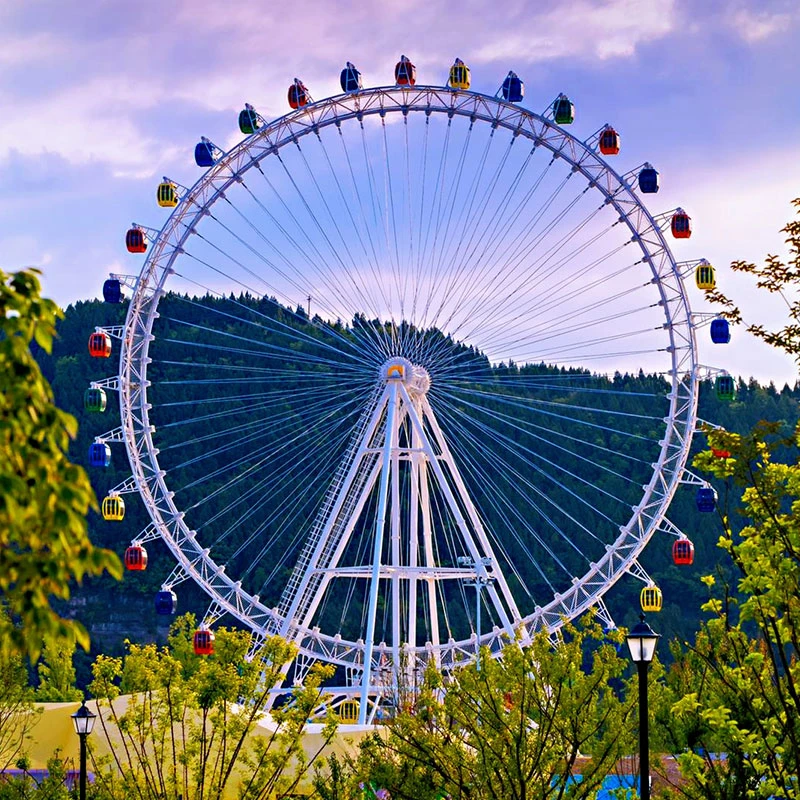- Albanian
- Arabic
- Belarusian
- Bengali
- Czech
- English
- French
- German
- Hebrew
- Hungarian
- Indonesian
- irish
- Italian
- Japanese
- kazakh
- Persian
- Russian
- Thai
- Uzbek
- Vietnamese
simple roller coaster design
Simple Roller Coaster Design
Roller coasters have long been a staple of amusement parks, providing exhilarating experiences and thrilling rides. At their core, roller coasters are fascinating structures that balance physics, engineering, and thrills. This article will explore the basic principles behind the design of a simple roller coaster, focusing on its components and how they work together to create an unforgettable ride.
The primary components of a roller coaster include the tracks, cars, lift hills, drops, and elements that create inversions or other thrilling features. A simple roller coaster can be conceptualized with a few essential elements. First, the track layout is crucial; it needs to include a steep lift hill, a series of drops, and turns to keep the riders engaged.
The lift hill is typically the tallest point in the ride, generated by a chain lift or cable system. As the coaster cars ascend, potential energy builds due to the height. Once the cars reach the top and begin to descend, this potential energy is converted into kinetic energy, resulting in a thrilling drop that accelerates the ride. The design must ensure that the drop is steep enough to create excitement without compromising safety.
simple roller coaster design

After the initial drop, the coaster can feature a variety of turns and smaller drops, each designed to maintain excitement while adhering to safe engineering practices. Maintaining a smooth and gradual change in direction is vital to ensure rider comfort and prevent excessive G-forces, which can be uncomfortable or unsafe. The use of banked turns, where the coaster tracks are tilted, helps to manage the forces exerted on riders while allowing for sharper curves.
In a simple roller coaster, the absence of complex inversions—like loops or corkscrews—can also be a design choice. While inversions add excitement, they require careful consideration of the forces at play. For beginner designs, focusing on drops and turns can create a thrilling experience without the additional complexity.
Safety is a paramount concern in roller coaster design. Engineers must conduct extensive calculations and simulations to ensure that every aspect of the ride can handle the stresses of high speeds and rapid changes in direction. The choice of materials is also crucial; steel and reinforced structures are commonly used for durability and safety.
Ultimately, a simple roller coaster design hinges on the perfect balance of thrill, safety, and engineering. By focusing on key elements like lift hills, drops, and turns while observing safety protocols, designers can create rides that are not only fun and exciting but also safe for all riders. This fundamental understanding of roller coaster mechanics can inspire future innovations and more complex designs in the world of amusement park thrills.
-
Flume Ride-Hebei Zhipao Amusement Equipment Manufacturing Co., Ltd.|Thrilling Water Attraction&Customizable DesignJul.30,2025
-
Flume Ride - Hebei Zhipao Amusement Equipment | Water Coaster, Thrilling DescentJul.30,2025
-
Flume Ride - Hebei Zhipao | Thrilling Water AttractionJul.30,2025
-
Flume Ride: Thrilling Water Attraction by Hebei Zhipao|Log Flume Manufacturers&Flume Ride DesignJul.30,2025
-
Flume Ride-Hebei Zhipao Amusement Equipment Manufacturing Co., Ltd.|Thrilling Water Coaster, Safe DesignJul.30,2025
-
Flume Ride-Hebei Zhipao Amusement Equipment Manufacturing Co., Ltd.|Thrilling Water Attraction, Safe DesignJul.30,2025
